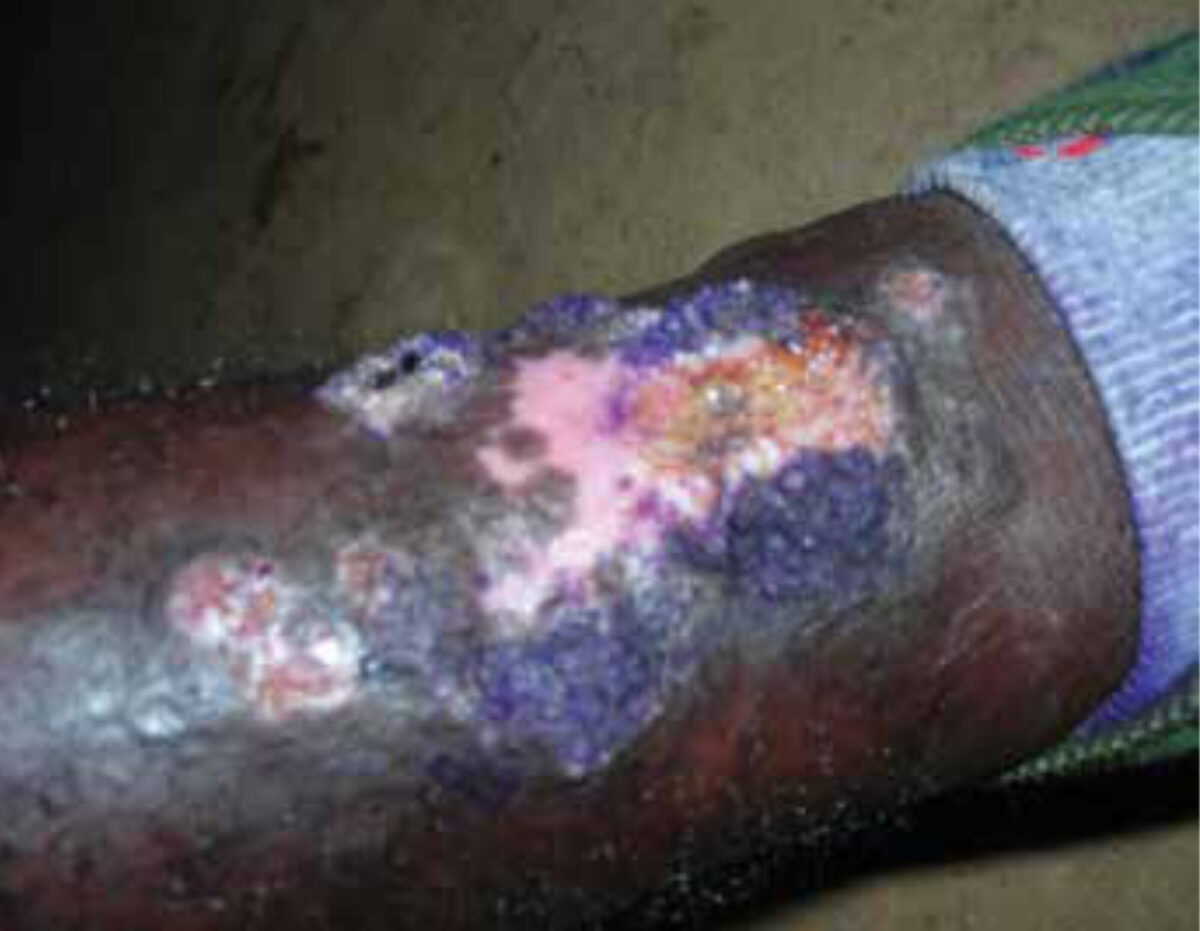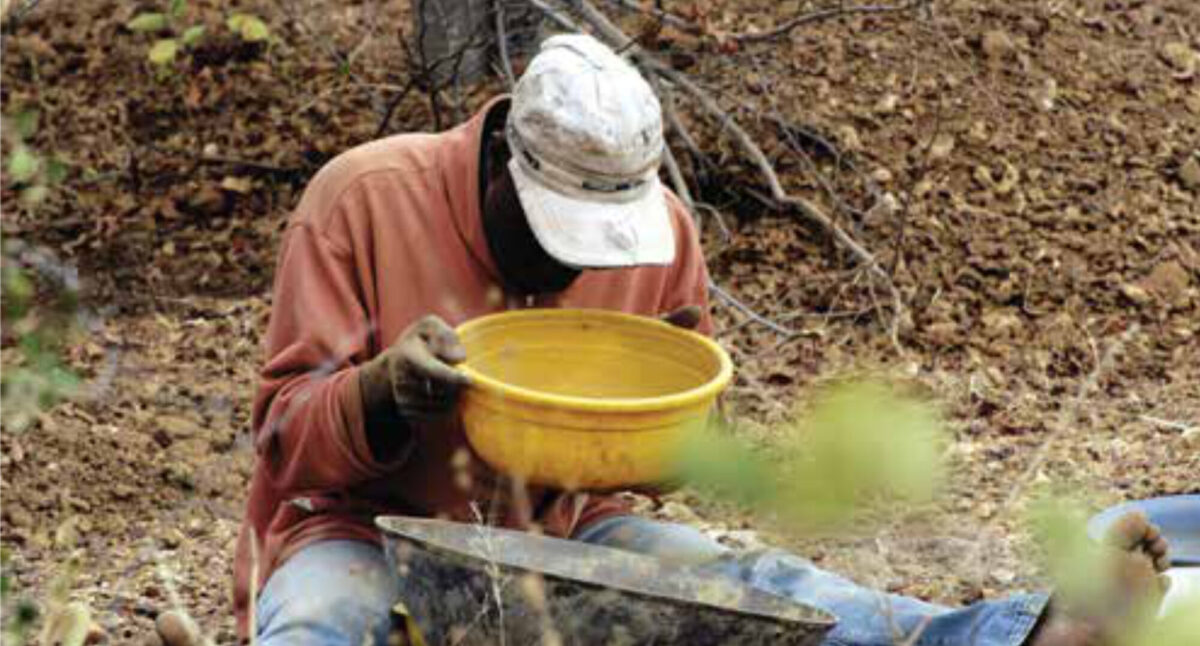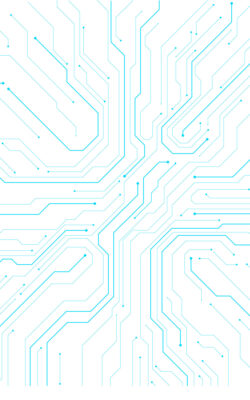Main content
‘Leishmaniasis in Suriname’ is an integrated programme addressing the biological, clinical and anthropological aspects of the parasitic skin disease cutaneous leishmaniasis, a medical and social problem in Suriname that is on the rise. Patients encounter a number of problems that keep them from receiving proper treatment. One of those is geographical: the disease is contracted via bites of infected sand flies, which are predominantly active in the Suriname hinterland. Treatment and medical research facilities are mainly found in the capital, making it a long and expensive trip for most patients. On January 15th dr. Sahienshadebie Ramdas received her doctorate at the University of Amsterdam, for her in-depth study of medical-anthropological aspects of the disease and its patients.
Perceptions and treatment of cl: a medical-anthropological perspective
Apart from a lack of knowledge and resources, patients tended to use unorthodox, painful, and ineffective local remedies. One local belief is that a cruel disease must be treated with a cruel cure leading some to take damaging self-treatment such as pouring battery acid into the skin wounds. This would only cause more damage and pain. Dr Sahienshadebie Ramdas collected data using qualitative research methods with an ethnographic approach. She investigated perceptions and treatment of cutaneous leishmaniasis from a medical anthropological perspective.
Research population
205 CL patients at the Dermatology Service in Paramaribo (mostly male, 89%, working and/or living in the hinterland) participated through short questionnaires with a range of aspects related to living and working conditions, perceptions and explanations of CL, treatment seeking, self-treatment, stigma, illness severity, and prevention. In addition, qualitative inquiries were carried out in five different villages in the hinterland of Suriname: two Maroon, two indigenous and one Brazilian gold diggers’ village. The study reports painful self-treatment practices and a pressing need for CL information and education campaigns. CL in Suriname is rarely stigmatized— unlike some other countries in the world — and confined to the most severe cases.
The problem of self-treatment
Self-treatment contributes to serious problems: aggravation of the sores and late treatment seeking. Ramdas found that the majority of the patients (88.3%) had been walking around with their sore(s) for at least one to three months. The remainder had had their sore(s) for a longer period, exceeding four to six months, and in some cases even longer, up to three years. In the photograph below, a gold digger shows his sores that he tried to self-treat for six months.
Of the 205 CL patients the majority (79%) attempted self-treatment prior to visiting the Dermatology Service. This despite the fact that many thought CL was a very serious (89%) and very dangerous (86%) illness. CL is viewed as “difficult”, “cruel”, “stubborn”, “filthy” and “expensive” because of its symptoms, its gruesome appearance, difficulty in curing, and costly treatment. The Medical Mission – a private, non-profit, primary health care organization – provides health care in the hinterland free of charge. Yet, self-treatment practices, advised by close family members, friends, colleagues, comprise ‘cruel’ treatments such as herbal treatments with strong and/or poisonous plants and leaves, ‘hot’ treatments such as dripping hot liquids onto the sore, or pressing hot objects to the sore, and harmful treatments with household and industrial chemicals, insecticides, a veterinary larvicide (Smeerex) and a poisonous herbicide (Gramoxone) (see Ramdas 2012). Most Brazilian gold diggers attempt self-injecting practices with the biomedical drug Pentamidine Isethionate.
Occupational context: gold diggers
Life in a hostile, remote and forested environment, with long distances between hinterland and the capital city, ‘invite’ the use of the ‘natural’ pharmacy as a first aid. Most patients work in the gold and lumber sector and leaving their work to find biomedical treatment is not an option as they will not get paid during their absence.
Although Medical Mission provides free medical treatment, they often lack the necessary drugs and waiting periods can be long before the medicine arrives. Economically, most CL patients have a weak position. With an average salary of only US $200-300 per month, sometimes far less, CL patients said there is usually “just enough” to cover their monthly expenses. Some have financial debts; having a CL sore then becomes a financial burden, especially if biomedical treatment must be sought in the capital city. The high costs of biomedical treatment, travel and living in the capital city add to that burden. Apart from these, fear of biomedical treatment contributes to self-treatment. Many patients tried to cure their sores “in whatever way possible” to avoid the regular biomedical treatment through injections. Insufficient information about the injections and the drug (Pentamidine Isethionate), the side-effects of the medication, and frightening stories about the painful effects of the injections create fear of biomedical treatment and encourage self-medication.

Source: Collection Ramdas, S., Klaaskreek, district Brokopondo, Suriname

Surprising: near absence of stigma in Suriname
Rather surprisingly, CL patients in Suriname experience far less stigma than patients in some other countries like Pakistan, Afghanistan, Peru, and countries in the Mediterranean Region. The grave international concern about CL-related stigma (Kassi et al. 2008; Reitinger et al. 2005; WHO 2008) does not apply to Suriname. Data from this study shows that most CL patients (83.9%) did not experience any overt negativity related to their illness; people reacted ‘normally’, ‘as usual’ to their symptoms. The data also shows that although some patients spoke about negative reactions, these reactions were mostly related to a combination of aesthetics, course, concealability, origin, and peril (Jones et al. 1984). Not knowing the cause of the illness and fear of contagion was mostly felt by the patients themselves, which led to them taking precautions when coming into contact with others or even withdrawing from certain situations or encounters. It was only at this level of analysis that some aspects of anticipated and internalised stigma were found. A possibly crucial aspect contributing to low CL stigma in Suriname in general, and to low aesthetic stigma in particular, both during and after CL illness, may be related to regional differences in parasite species that lead to different symptomatic profiles (lesions in the face), and therefore to a less destructive form of CL in Suriname than in other parts of the world.
Pressing need for cl education
Besides self-treatment, Ramdas concludes that many CL patients and others in the hinterland do not know many aspects of the illness such as the cause of the illness, how it spreads and develops and if, and how it can be prevented. Lack of knowledge leads to a multitude of (guessed) explanations, while uncertainties and worries remain. The study identified a pressing need for CL education and information programmes on a national level in general, but in particular aimed at hinterland communities and other specific groups such as hunters, woodcutters, tourists and others who visit the rainforest. The Medical Mission could and should play a crucial role in this, in collaboration with the Dermatology Service and the Bureau of Public Health. Traditional health professionals should be part of the local CL prevention campaigns.
Impact
The Leishmaniasis programme has yielded results that will prove useful for future prevention efforts, as well as having impact themselves. “These five years have seen a remarkable output,” says Dr Schallig : “Thanks to our PhD students and the multi-disciplinary research team, we have been able to find out a lot more about the disease and the context of its occurrence. We now know that there is more than one parasite species causing the disease – which explains why some patients did not respond to the medicine. Attention to the work of our PhD-students in local media helped to identify more patients, inform the local Surinamese population as to how leishmaniasis is contracted and how it can be treated effectively.”
After effects
Schallig: “With the project finished, we have established a significant research infrastructure, including a biomolecular lab in Paramaribo. Through this programme we learned a lot more about leishmaniasis from a medical, biological and anthropological point of view. However, the work is not yet done. We will continue to work with our partners at AMC, University of Amsterdam, the Anton de Kom University and Surinamese health authorities. In future we hope to find the financial resources to develop alternative and more effective treatment, design and implement an effective screening and control programme, and continue to foster local research and education programmes.”
References
- Jones E, Farina A, Hastorf A, Markus H, Miller D & Scott TRA 1984 Social stigma: the psychology of marked relationships. New York: Freeman and Company.
- Kassi, M, Afghan AK, Rehman R& Kasi PM 2008 Marring leishmaniasis: the stigmatization and the impact of cutaneous leishmaniasis in Pakistan and Afghanistan. PLOS Neglected Tropical Diseases 2(10): e259.
- Ramdas, S 2012 Cruel disease, cruel medicine: self-treatment of cutaneous leishmaniasis with harmful chemical substances in Suriname. Social Science & Medicine 75(6): 1097-05. 2015 Perceptions and treatment of cutaneous leishmaniasis in Suriname: A medical-anthropological perspective. Doctoral dissertation, University of Amsterdam.
- Reitinger, R, Aadil K, Kolaczinski J, Mohsen M & Hami S 2005 Social impact of leishmaniasis in Afghanistan. Emerging Infectious Diseases 11(4): 634-36.
- World Health Organization 2008 Report of the consultative meeting on CL, Geneva, Headquarters 30 April to 2 May 2007. Geneva: WHO Document Production Services.
i. KIT has been active in Suriname for the last 20 years. With partners Academic Medical Centre, Amsterdam (AMC), the Dermatological Service, Paramaribo, the Ministry of Health, Suriname and Anton de Kom University, KIT has been able to make remarkable progress in studying the parasitic skin disease cutaneous leishmaniasis within the context of an interdisciplinary programme. Besides dr Ramdas, dr. Ricardo Hu and dr. Alida Kent also received their PhD in the field of leishmaniasis.
ii. The programme received a five-year funding grant through the Netherlands Organization for Scientific Research / Foundation for the Advancement of Tropical Research – Science for Global Development (project W016531300) and ran from 2008-2013.
iii. Research coordinator in Parasitology at KIT and programme leader


















































